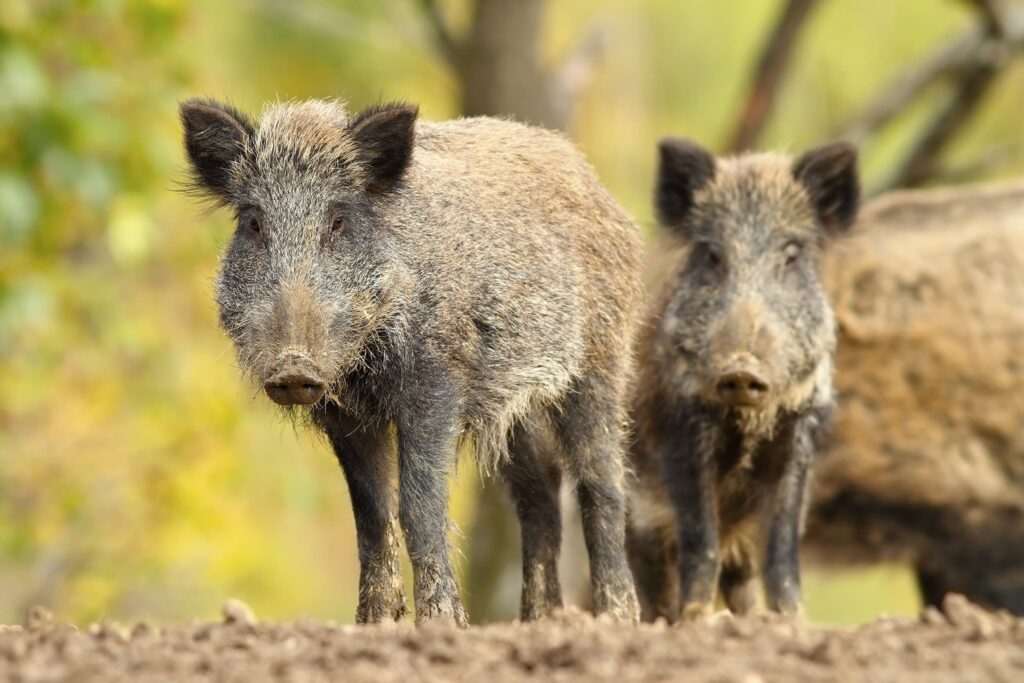In a triumphant tune for wildlife conservation, recent research from the University of Georgia’s Savannah River Ecology Laboratory and Warnell School of Forestry and Natural Resources heralds the success of efforts to rein in wild pig populations in the Southeastern United States. The melody of effective conservation reverberates, signaling a promising shift in the delicate ecological balance of the region.
In a conservation triumph near the Savannah River Site in Aiken, South Carolina, researchers at the University of Georgia’s Savannah River Ecology Laboratory and Warnell School of Forestry and Natural Resources have reported a remarkable 70% reduction in wild pig abundance and a staggering 99% drop in environmental rooting damage within just 24 months of initiating control efforts.
This revelation carries not only ecological significance but also economic relief, as the havoc wreaked by wild pigs amounted to over $1.5 billion in property and crop damages in 2007, according to the study. Jim Beasley, a professor and researcher in Warnell and SREL, emphasizes the destructive impact of wild pigs on crops nationwide, coupled with the added threat of diseases transmissible to livestock.
A historical legacy turned ecological challenge, wild pigs, introduced centuries ago for sustenance, have evolved into a formidable issue. The intermingling of feral domestic pigs with Eurasian boar, introduced for hunting, gave rise to hybridized wild pig populations with an insatiable appetite and prolific reproductive rates. The repercussions, particularly in the late 1980s and early 1990s, were a surge in damages to agricultural producers.
In response to this escalating crisis, extensive control programs were implemented, often involving lethal methods to curb population growth.
The current study, led by Beasley and his team, not only validates the success of such control programs but also offers a beacon of hope for mitigating both environmental and economic fallout caused by wild pig populations across the landscape.
Operating across 19 mixed-forest agricultural properties in South Carolina, the research team undertook a comprehensive survey of wild pig populations, agricultural impacts, and environmental damages. Their focus was on evaluating the effectiveness of a professional control program spanning three years.
Prior to the initiation of management efforts, remote cameras were strategically placed to gauge the initial wild pig population. Every six months, the team revisited the sites to assess the evolving effectiveness of the control methods. Jim Beasley emphasized that the control efforts exceeded the commonly recommended removal rate of 40% to 60% of the wild pig population annually, offering a promising trajectory for population reduction.
While sustained management is anticipated to continue shrinking the population in the coming years, the crucial unknown factor lies in how rapidly the population may rebound if these efforts are discontinued.
Wild pig foraging, characterized by snout-driven root upheaval, inflicts damage on natural habitats and poses a threat to other species, including amphibians and small creatures, impacting their populations over time.
Beasley delves into the origins of the population surge, citing a dual influence of human intervention—illegal relocation of wild pigs to areas with year-round legal hunting—and the warming climate over recent decades. The intricate dance between human-driven factors and the natural expansion of populations adds complexity to the wild pig conundrum.
